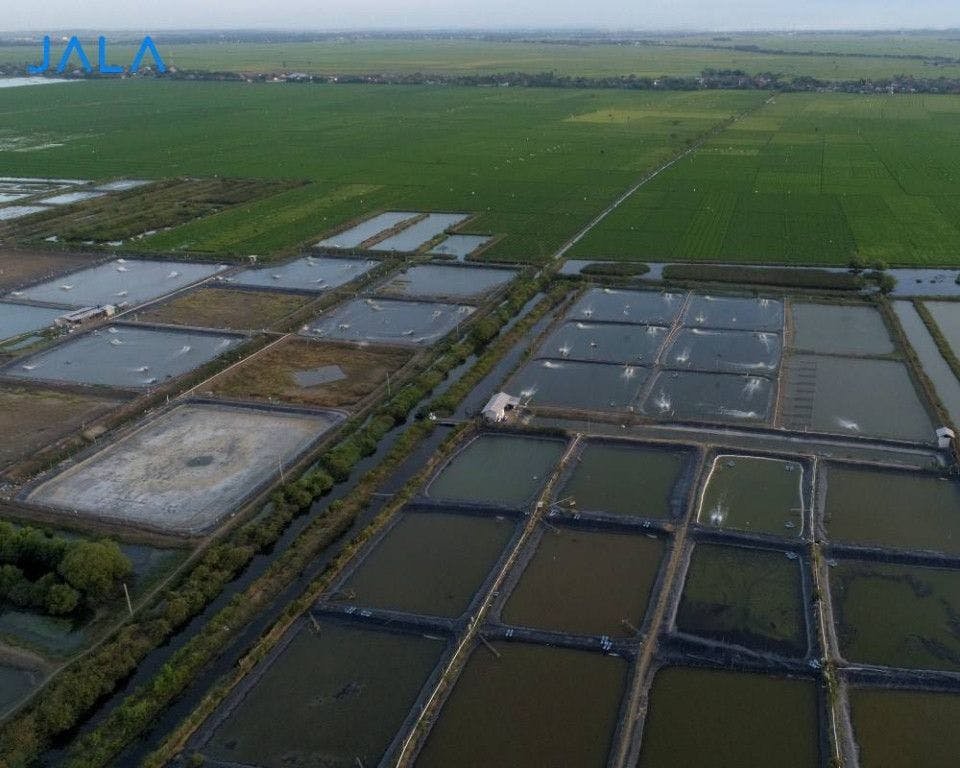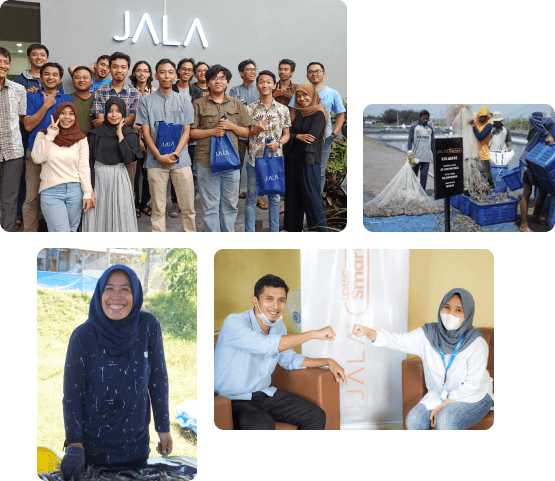
There are a number of prerequisites that must be met before constructing a shrimp farm. These prerequisites are needed as considerations, one of which is to prevent the threat of flooding and the possibility of contamination.
Avoiding areas that are at risk of flooding is related to the possibility of damage happening when cultivating. Floods will inundate farms and cause losses because shrimp can be carried away by the flood. In addition, floods can also affect farm water quality. Pollution-free is related to the quality of water sources. The pollution may include industrial pollution or pollution from other cultivation activities.
Free from floods
The location of the farm should be free from floods, both from the land or sea tides. To anticipate the possibility of the rush of water, assess whether the farm is close to a river with a propensity to overflow. A good understanding of sea tides can help knowing the highest and lowest tides, especially the tidal floods when the tides are at their peak.
Tidal floods can be avoided by choosing a location that is not too close to the shoreline. The farm’s location should also be far from direct sea waves. The farm’s location, if necessary, should be equipped with a green belt to provide a sense of security from direct sea waves, wind, and abrasion threats.
Avoiding polluted area
Farms should be located far from pollution sources. The pollution can be sourced from factories and public industries. If the factory already has a wastewater treatment installation, we cannot 100% guarantee that the waste will be neutralized before being discharged into the environment, especially if the factory discharges the waste near a water source.
The anticipatory measure, if we decide to construct a farm in an area that has already been contaminated by other farm waste, is to use reservoirs. The water should be stored in a reservoir to be treated and then pumped into the cultivation pond. Another measure that can be done is to test the water thoroughly in the laboratory. Water quality in the industrial areas is at greater risk of being polluted.
Pollution does not only come from waste but also sound, for example if the farm is close to highways, airports, factories, and so on. If the farm is located adjacent to an industrial arena, air pollution can also occur and it is related to acid rain. Such things need to be considered because cultivating is not just about shrimp but also the wellbeing of human resources (employees).
Choosing a location that is free from floods and pollution is one of the measures to secure the success of a farm. Is the location of your farm ideal?





